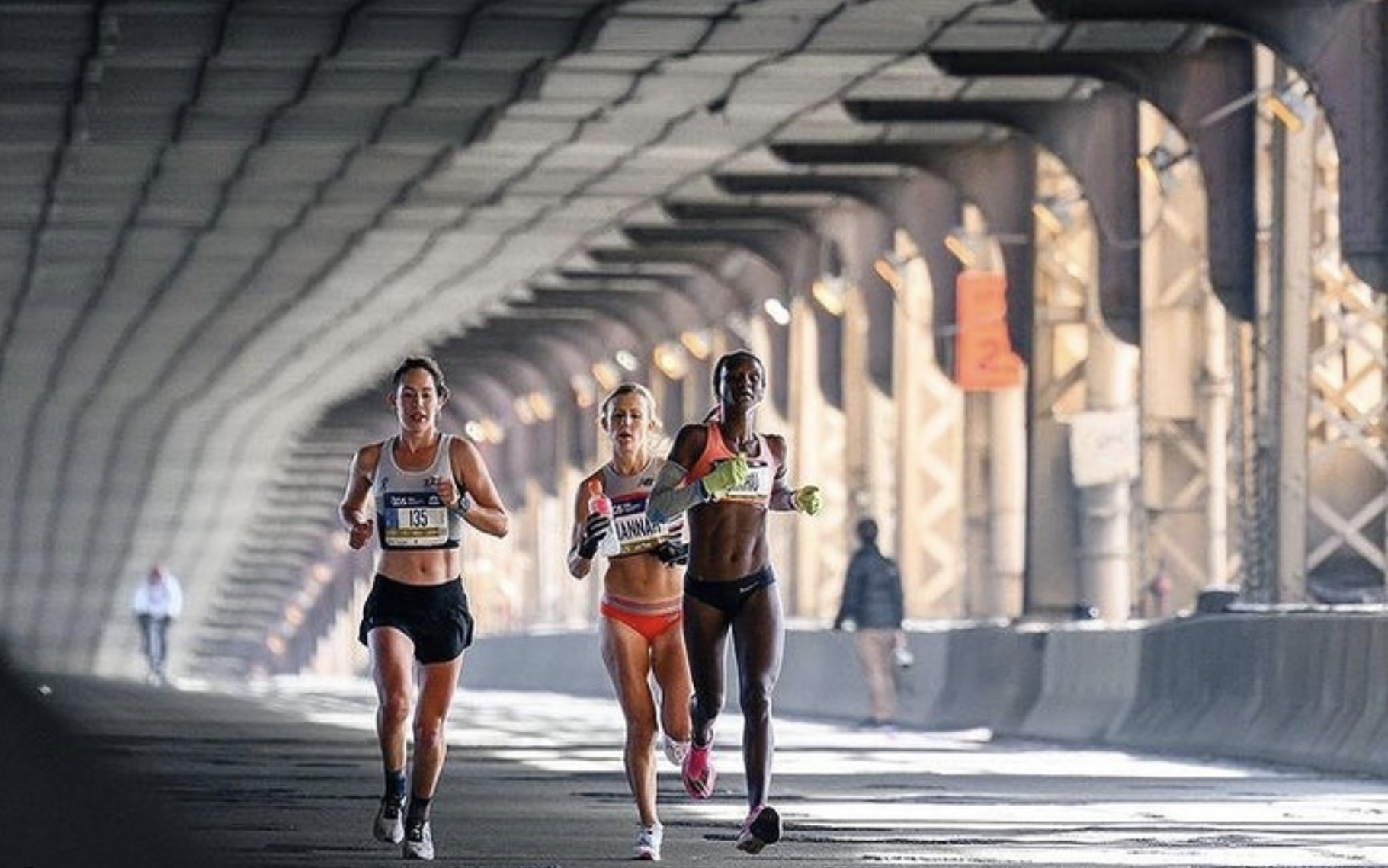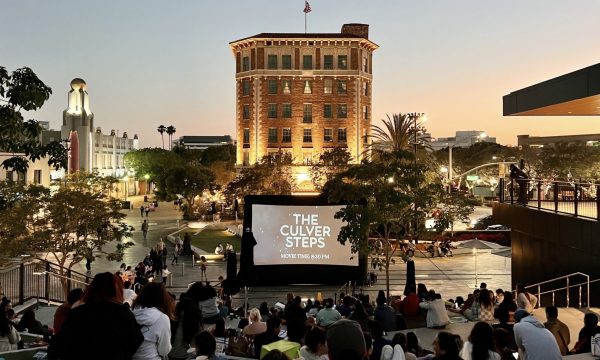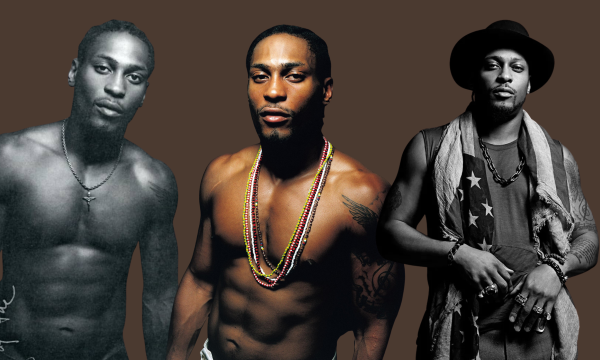As we gear up to celebrate Global Running Day and National Running Day on June 7th, we reflect on how the sport has evolved over the decades and even centuries. With the fear of tech advancements and AI changing industries for better or worse, the running world has also seen drastic negative and positive effects due to the evolution of tech in tracking devices, watches, apps and even shoe design.
Competitive racing has been around since Ancient Greece when the Olympics began. According to the Olympics history on their official website, their track competitions included:
- The stade race, which was the pre-eminent test of speed, covering the Olympia track from one end to the other (200m foot race).
- The diaulos (two stades – 400m foot race).
- The dolichos (ranging between 7 and 24 stades).
It’s safe to say that there was a form of time tracking when it came to collecting results for the first forms of racing, but were runners as obsessed with their PR (personal record) and results as we are today in the year 2023?
To talk TECH and SCIENCE in the running-verse, we look to Joanna Thompson. A two-time qualifier for the Olympic Marathon Trials and top 10 finisher at the 2018 Boston Marathon, Joanna graduated from New York University’s Science, Health and Environmental Reporting Program. Her writing has appeared in MIT Technology Review, Quanta, Scientific American, Vox and more.
“I’ve been interested in science for as long as I can remember. I was the kid who spent hours chasing butterflies and begging my parents to send me to Space Camp every summer (it worked). Eventually, this enduring interest led me to major in zoology as an undergraduate,” Joanna told LATF USA.
Being a competitive runner and science enthusiast, Joanna has a unique view on the effects of technology on the sport and the industry. Today, with the purchase of a trendy watch (Garmin, Suunto, etc.) we can measure everything from our heart rate to our cadence.
“Running is a lot more quantitative than it used to be. Garmin was just starting to pick up steam when I started running, but I resisted getting one for a long time because I was worried it would make me too competitive on days when I should be running easy. Now there are a bazillion metrics that your watch or apps can measure, not to mention how far shoe technology has advanced in the last decade. It’s really kind of mind-blowing,” Joanna said.
But is the evolution of tracking a good thing for runners and their mentality? After all, many weekend warriors run for fun. Once you start tracking, you turn competitive.
“I think it really depends on what kind of runner you are! For people just getting into the sport, things like heart rate data and precise paces can be incredibly helpful, because they might not be used to reading their body’s cues on a run yet. But for people like me, I think there’s a certain danger in getting TOO caught up in the numbers. For example, I don’t need to run a certain route faster every single day, because I might be running in different conditions or at a different point in my training cycle, when I’m more fatigued. So, it really comes down to what works best for you as an athlete,” she added.
There’s watch technology and then there is shoe design technology. Companies from Asics to Hoka, Brooks to New Balance swear by their “shoe tech,” hoping that runners will Add To Cart in hopes of that extra foam helping to get them closer to their marathon PR. Some might argue that these ultra-foam designs are aiding runners to run faster. so much so that the 4-minute mile goal isn’t as unattainable as it used to be.

“I think running a sub 4-minute mile is still an extremely impressive feat. Even now, there are fewer than 1,000 Americans who have done it. And it’s important to note that it’s really only a relevant barrier when we’re talking about men’s times; the equivalent for women is around sub-4:30. That said, carbon fiber shoes (aka “super shoes”) have changed the game in recent years. Not too long ago, running a sub-4 mile equivalent 1500 would win NCAAs on the men’s side. Today, it doesn’t even guarantee that you’d qualify. There are probably other factors at play as well — the level of talent in the NCAA is bananas high right now, and because of COVID interruptions a lot of athletes have been able to hold onto extra eligibility and train longer. But I think it’s hard to discount the impact that improved shoe technology has had (this holds for the pro world as well – in the last five or so years, world records have been going down left and right),” Joanna said.
Being a pro-runner herself, we were curious how science and tech have played a role in her training.
“… The area where science literacy has maybe helped me is in avoiding hype. There are a lot of fads in terms of training, especially around nutrition. It seems like there’s a different finding about caffeine, for example, every other week. But knowing what to look for in a scientific paper — like the size of the cohort or the statistical significance of a given finding — can help you determine whether a certain claim is based in good, hard evidence, or whether it’s mostly overblown,” she said.
Having finished top 10 at the 2018 Boston Marathon, we asked Joanna for all of the running advice:
“Boston is amazing. My best advice once you qualify is to enjoy the experience! My second best piece of advice is to not go out too hard. It’s easy to get swept up in the energy, and the course is slightly downhill for the first 16 miles so your legs will want to speed up. But trust me, you’ll want to save something for the Newton Hills. If you haven’t qualified yet, then I would say to trust your body and your training. Even if you have crappy weather at your goal race, or you show up to the line with a small injury, you can still go out and surprise yourself. To paraphrase Frank Herbert, negative self-talk is the mind killer.”
Fancy watches and running fads aside, Joanna has some sound down-to-earth advice when it comes to recovery and tapering for distance runners:
“During the season I like to recover with lots of sleep and foam rolling. Sometimes I also use Normatec compression boots while I’m reading or writing. Post-season, I’m hitting the beach with a margarita,” she said.
You read it here… train hard, race hard, recover harder.
Learn more about Joanna https://joannathompson.work/














